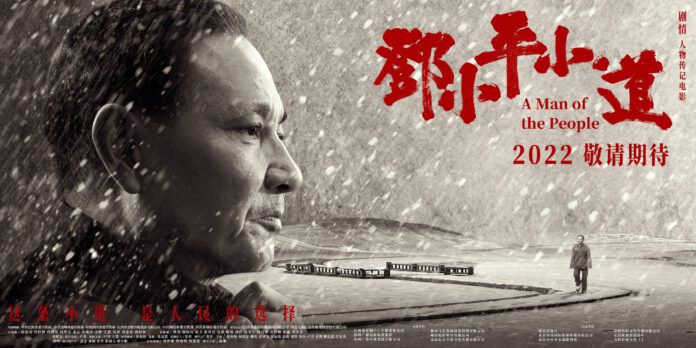
On December 18, 1978, the Third Plenary Session of the Eleventh Central Committee of the Communist Party of China (CPC) was held in Beijing, and after the meeting, a series of major changes were initiated in China.
Breaking Free from the Shackles of History
In 1978, it had been two years since China emerged from the era of extremes, and social order was gradually restored. However, China is still bound by the shackles of history. In 1978, the per capita income of peasants in Guangdong province was less than 11 dollars, while peasants in Hong Kong, which is just across the river, had around 1660 dollars.
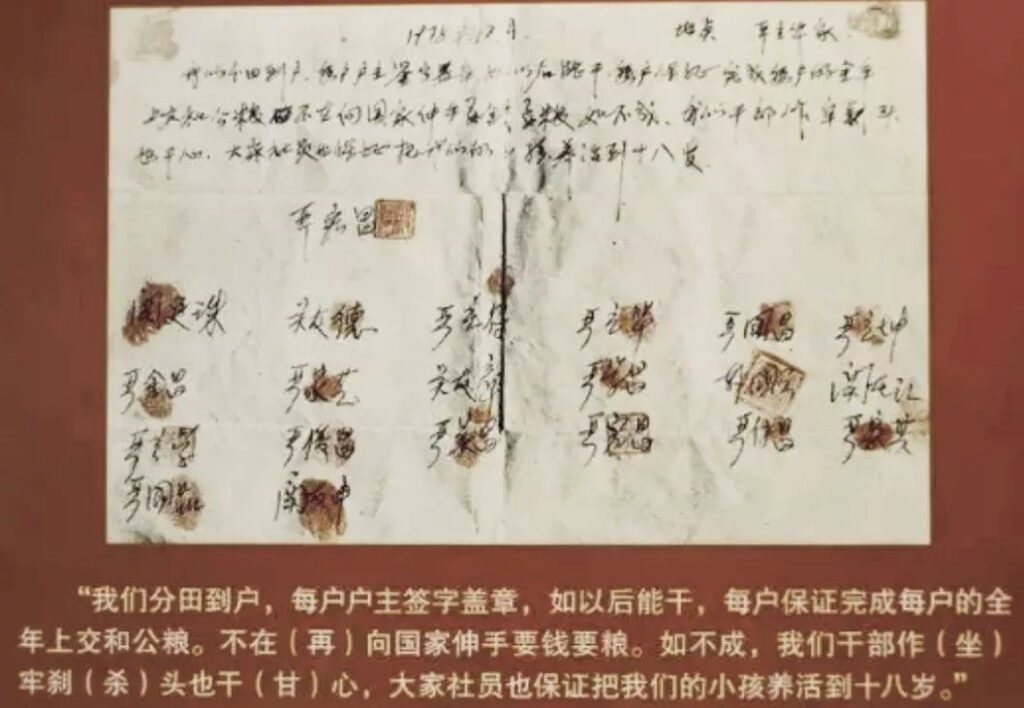
On the night of November 24, 1978, 18 villagers from Xiaogang Village, who risked their lives to secretly sign a land contract, took the lead in breaking the people’s commune and achieving a bumper harvest that year. After a series of successes, the whole country followed suit, and then Chinese leaders named the action the household responsibility system. The farmers’ motivation was mobilized, and within a few years, China’s grain and cotton production jumped to the top of the world.
In October 1978, Deng Xiaoping proposed that China’s economy must undergo major institutional and organizational reforms and that it should adopt an open policy and learn from the world’s advanced technology.
In December 1978, the Third Plenary Session of the Eleventh Central Committee of the CPC was held in Beijing. The meeting decided to end the “taking class struggle as the key link,” and made the historic policy decision to shift the focus of the work of the Party and the state onto economic development and introduce reform and opening up.
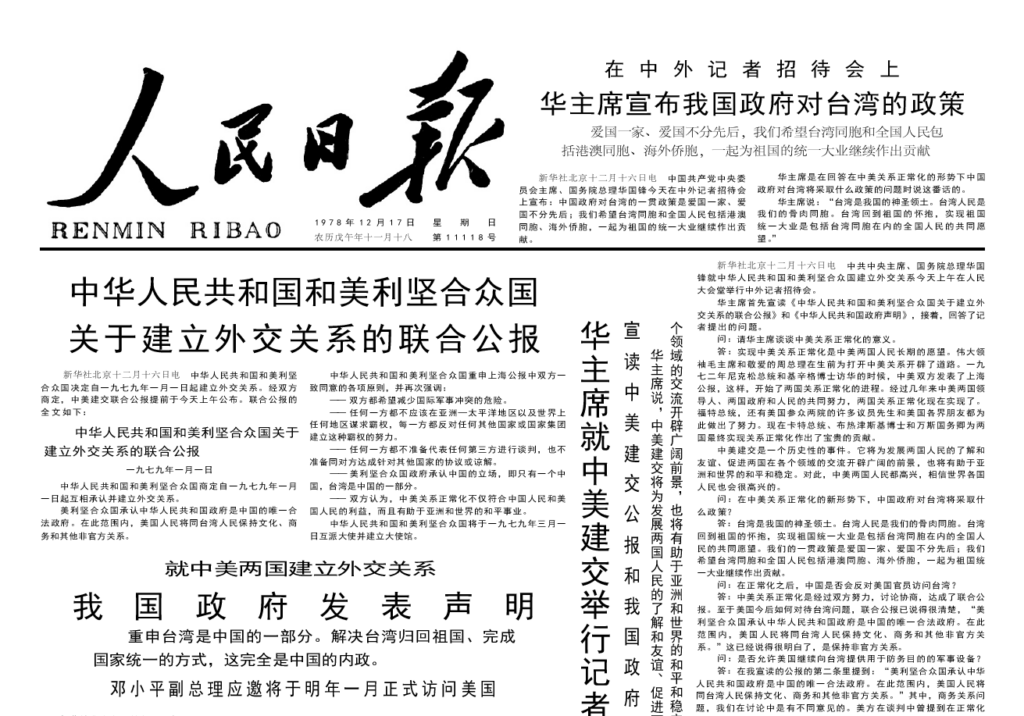
In January 1979, China and the U.S. formally established diplomatic relations, and Deng Xiaoping visited the U.S. immediately. China has won the world’s trust and respect with its change and openness. In addition to the influx of capital, technology, and commodities, Western systems, ideas, and culture have brought new insights to the country.
Reform and opening up in the 1980s
To reduce the resistance to reform, China’s central government decided to set up special economic zones in remote coastal areas to carry out pilot projects. In Shenzhen, the market-oriented policy attracted a large influx of capital and labor.
In 1982, the slogan of the Special Economic Zone – “time is money, efficiency is life” – was launched. The slogan has been hailed as the most well-known and influential slogan of the reform period, marking the re-emergence of the spirit of competition, equality, the pursuit of freedom and private wealth, and deeply rooted in the hearts of the people.
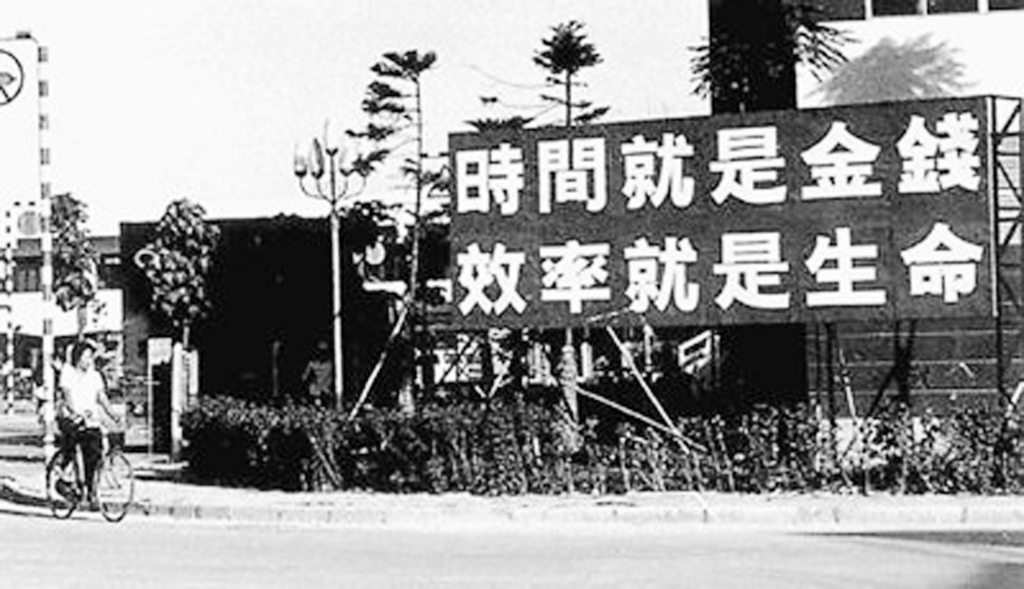
The success of Shenzhen has radiated to the Pearl River Delta region and become a business card of China’s market economy.
As the reform progressed from the countryside to the center of the city, from theory to reality, there were more and more disagreements and conflicts.
In September 1984, the Academic Symposium of Middle-Aged and Young Economists was held in Moganshan, Zhejiang Province. More than 300 people, mainly young and middle-aged, from the political, business, and academic sectors, debated heatedly on economic issues such as prices, foreign trade, finance, and urbanization.
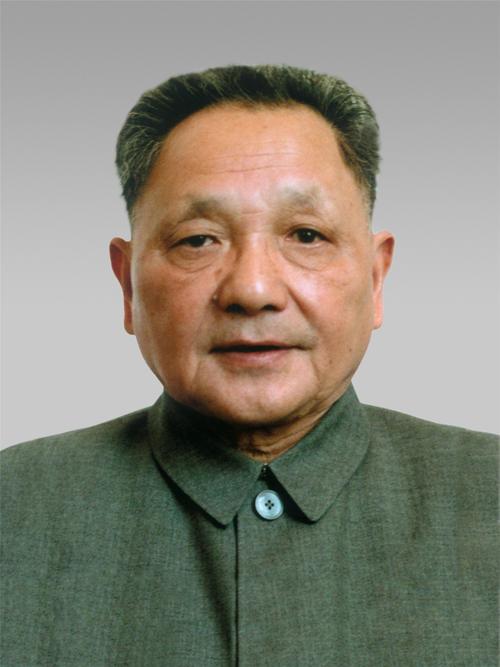
After the conference, a large number of scholars stood out and went directly into the government’s department, becoming an important force for the reformists in the future.
In May 1984, to make a smooth transition from a planned economy to a market economy, the State Council introduced a dual-track price system reform, ruling that the price of the same commodity, the implementation of fixed prices within the planned target, outside the planned target by the market to regulate freely.
This initiative led to the gradual establishment of the market mechanism but also brought many side effects. Important means of production were controlled, and the planned price was far lower than the market price, so unscrupulous people sold materials to earn the difference, seriously disrupting the market order and undermining the fair competition of enterprises.
At the end of 1984, China’s economic growth rate was too fast, credit issuance soared, and prices were high. The loss of control caused by planned control and dual-track pricing led to complaints and disappointment about the reforms.
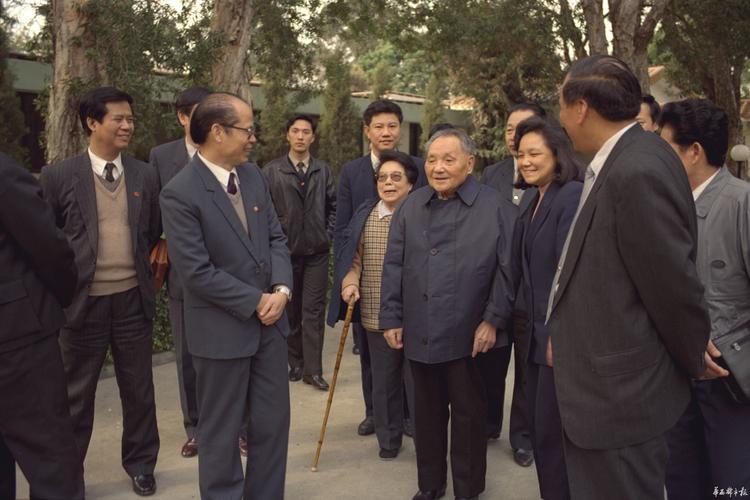
Thirty Years of Great Economic and Social Change
Reforms were thwarted and openness was limited. The then US President, George W. Bush, took the lead in imposing sanctions on China. China’s exports fell, markets weakened, production shrank, and GDP growth in 1990 was only 2.4%.
Under Deng Xiaoping’s mediation, Japan took the lead in ending the embargo, providing China with 5 billion yen in free aid, and continued to provide a large amount of medical and technical support.
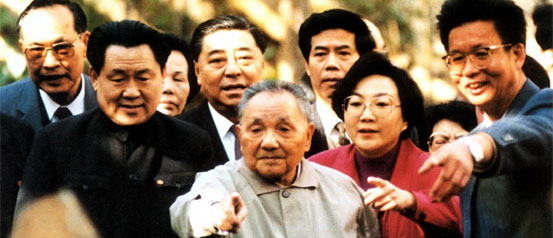
By the end of 1991, the trade embargo was lifted and China’s economy resumed growth of over 10%. However, the political upheaval in the Soviet Union triggered domestic misgivings about reforms, and the opening of the Shanghai and Shenzhen stock markets triggered heated debates about the reform and opening up.
At the beginning of 1992, Deng Xiaoping spent more than a month inspecting many cities in the south of China to demonstrate his determination to deepen reform.
In the report of the 14th National Congress of that year, the leaders for the first time put forward the “socialist market economy”.
After Deng’s talks, confidence in reform was slowly restored both in China and abroad, and a large amount of foreign capital and new technologies poured into China, with the elite within the system scrambling to go into business.
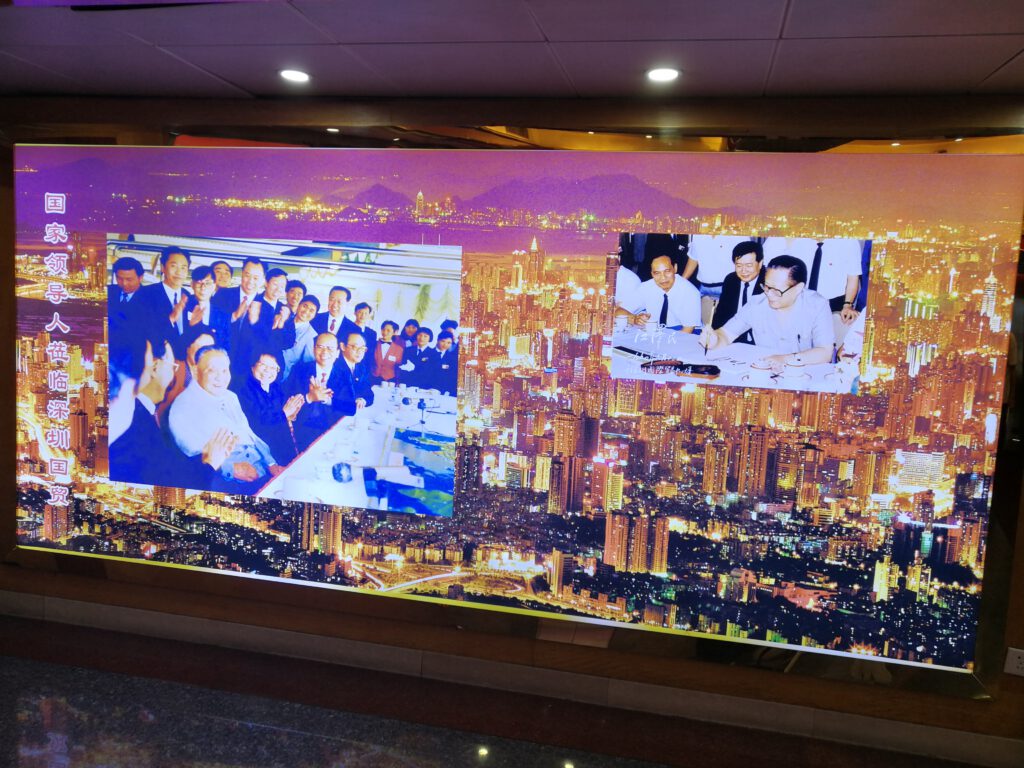
As the private economy’s contribution to employment and GDP soared, people’s understanding of private enterprises gradually deepened. In the report of the 15th National Congress, the private economy was finally recognized as an important part of the socialist market economy.
In 1984, China’s central government abolished the Instruction to Discourage the Blind Flow of Peasants into Cities and “allowed peasants to take care of their own capital and food rations, and to enter the towns to work and do business”, and in that year, 20 million people entered the cities. Since the 1990s, the number of people entering the cities to work and do business has risen year after year. Today, the number has reached 280 million.
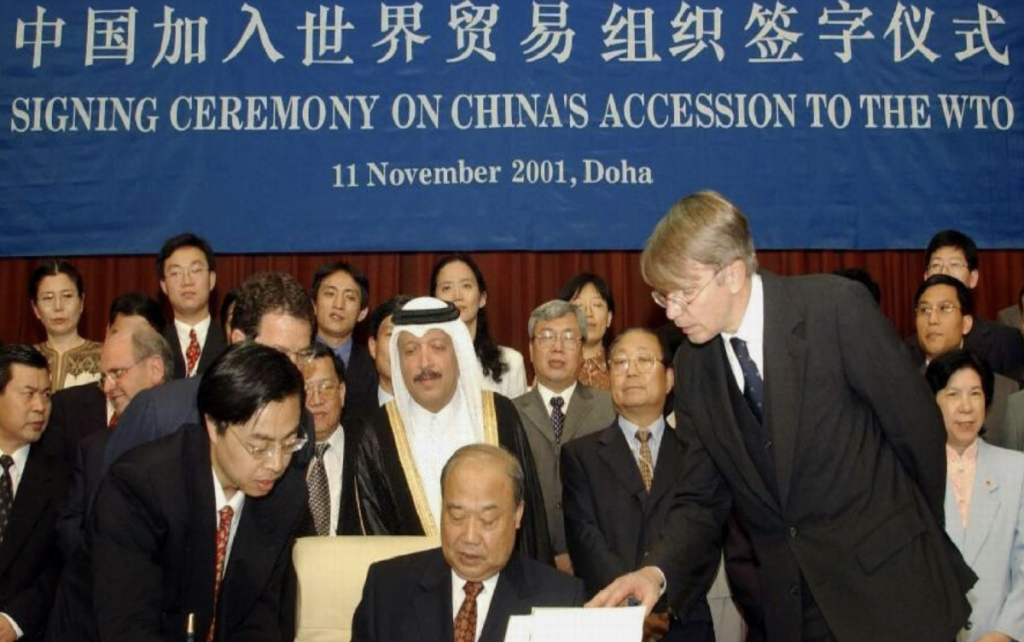
In 2001, China joined the WTO, and since then, China’s economic growth has led the world for more than a decade, with the private sector contributing the majority of GDP and jobs; state-owned monopolies in energy, communications, finance, and other fields have become world-class giants; real estate investment has soared, infrastructure construction has advanced by leaps and bounds, and urbanization has accelerated. Investment, export, and consumption have been called China’s troika of economic growth.
Two key factors determine the success or failure of reform: philosophy and leadership. Correct ideas and strong leadership to promote reform forward.
(Source: Chinese National Story, Souhu, sznews, ifeng, CEPR)



